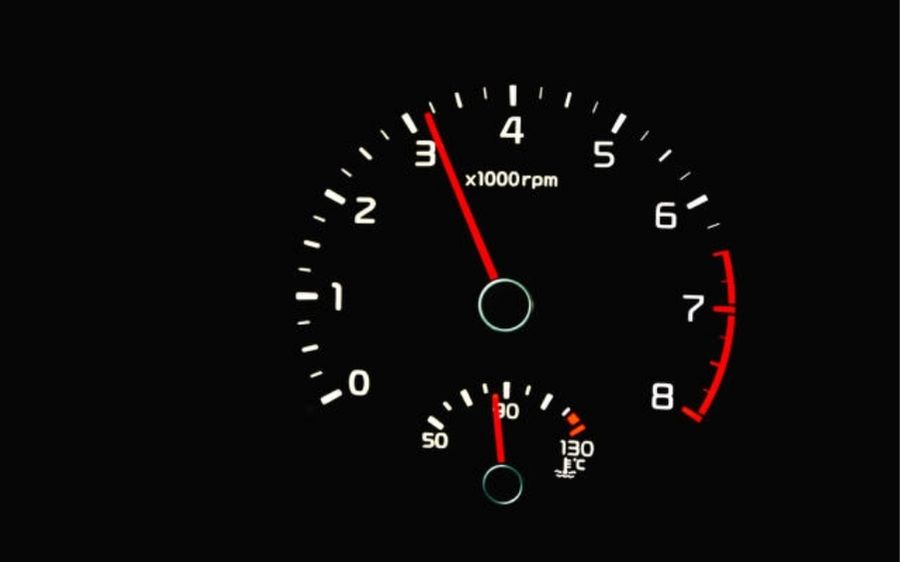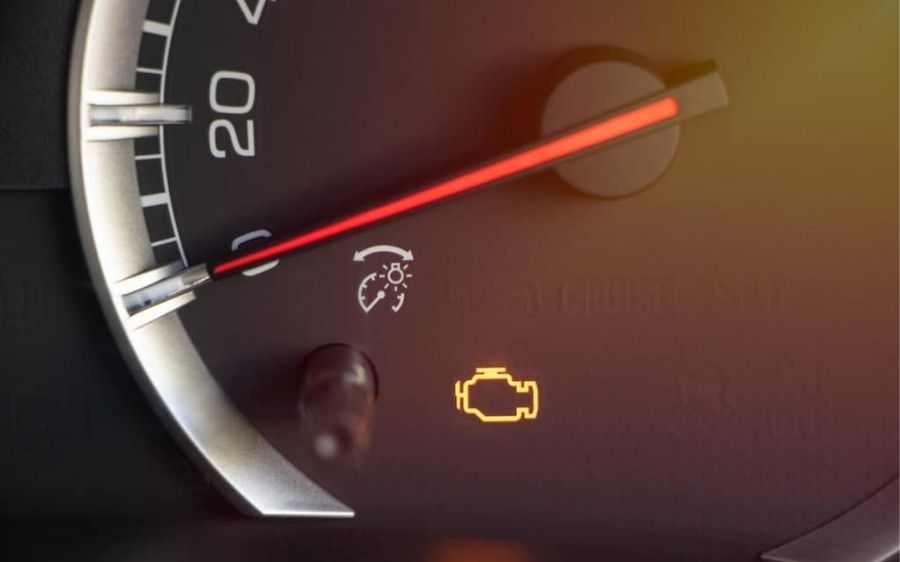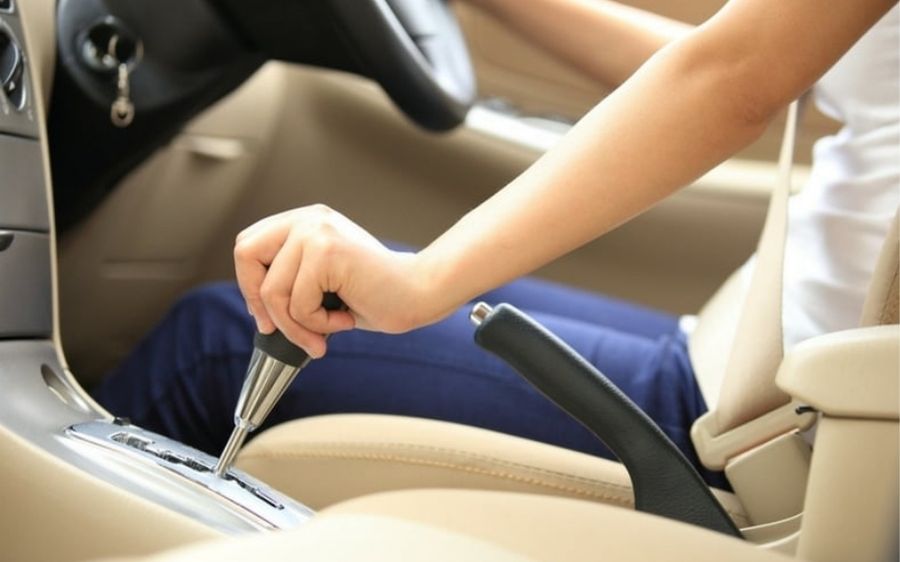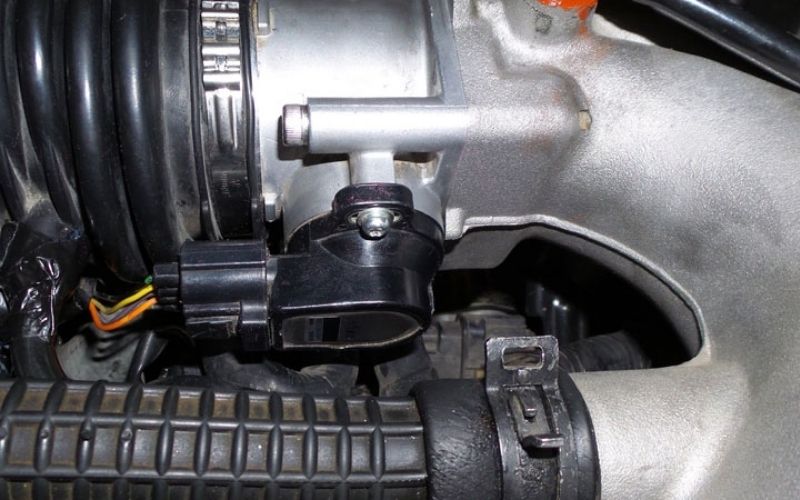A bad throttle position sensor is the last thing you ever want to have on your ride. The purpose of the throttle position sensor is to keep your car moving as it is supposed to by controlling the throttle.
Over time, the sensor will begin to wear and eventually have to be replaced. The key question is how to identify the symptoms of any bad throttle position sensor so you can replace the correct sensor?
To be honest, throttle position sensor problems are not easy to diagnose. However, there are specific throttle position sensor signs to look for to help you find the culprit to make sure.
What Does a Throttle Position Sensor Do?
The main purpose of the Throttle Position Sensor (TPS) is to provide information about the throttle to the car’s computer. It senses air, heat and light, and sends the information to the ECM which adjusts the throttle and fuel delivery accordingly.
All vehicles have something called a “throttle” that controls how much fuel is allowed into the engine. The throttle position sensor is what monitors the throttle position from the shaft.
Basically, this sensor is connected to the computer inside the vehicle which shares the information sent by the driver. This information includes driver actions such as acceleration, power steering, etc.
So, every time you step on the gas pedal to accelerate your car, the computer sends that information to the sensor so the throttle knows how much fuel to go into the engine.
In the old days there used to be a cable that connected the throttle to the accelerator. But in today’s technological age, the car’s computer controls when the throttle opens and closes from the feedback it receives about the vehicle’s acceleration.
6 Symptoms of a Bad Throttle Position Sensor
A faulty throttle position sensor sends incorrect information to the ECM resulting in various problems with the engine, its performance and fuel economy.
Below are the common symptoms of TPS disorder. In most cases, all of these symptoms will appear together, making it easy to identify a faulty component.
Car Jerks

The most common symptom of a bad TPS is a jerking or bumping of the vehicle. These shocks can be felt during hard acceleration or under moderate load.
What makes this difficult to assess is that the money and shocks can be completely random and sometimes even non-existent. This is because the ECM does not get the correct information from the TPS on how much to throttle the vehicle.
Idle Stability

Idle stability can be caused by other problems in the car, but if it occurs in conjunction with other throttle position sensor symptoms, the culprit is often the TPS.
At idle, the ECM will not receive the correct information and the throttle will vary randomly causing the idle to increase.
Check Engine Light

The check engine light will turn on and off randomly even if the car is driving smoothly without jerking or stalling. This is often the first sign of a bad TPS.
Using a code reader, you should be able to confirm whether a faulty TPS or a different component is the culprit. Diagnostic trouble codes P0120, P0121, P0122, P0123, and P0124 are the ones that will usually appear.
Engine Obstruct

The engine may stall for no reason and without warning. This happens when the TPS gives incorrect information to the ECM. The engine may stall at high speed, at low speed, or even at idle.
Acceleration Issues

A faulty throttle position sensor will not allow your car to accelerate normally. It doesn’t happen all the time though. You may experience slow acceleration, rapid acceleration at both high and low speeds, hesitation or delay in acceleration, and other related symptoms.
Problems Shifting Gears

Acceleration problems can lead to gear transmission problems because the ECM does not receive accurate information about acceleration. This leads to incorrect shift points which can cause both early or late shifts.
Can You Fix a Bad Throttle Position Sensor?
As soon as you see a combination of these throttle position sensor symptoms, you should check the TPS and if it is not working properly, it needs to be replaced. Unfortunately, the TPS can’t be repaired because it’s a small sensor but the good news is that a new sensor is “usually” not too expensive so you can be back on the road in no time.
Replacement Cost
If you need to replace your throttle position sensor, the cost will depend on what type of car you have. But the average cost of this alternative work is not that expensive.
The average cost of parts will be between $50 and $100. Labor will cost anywhere between $150 and $300, depending on the mechanic’s hourly rate and the amount of work involved in accessing the throttle position sensor. In total, you can expect to pay between $250 and $400 for a throttle position sensor replacement.
Can Drive with a bad TPS?
Now you may be wondering when you need to change your throttle position. The simple answer is when your computer cannot detect a signal from the throttle position sensor.
They will likely force your computer to stop the engine and only let it run at low RPM, which means the car will only run at a slower speed. This is a safety feature implemented by the computer so that your engine doesn’t get damaged too much.
A throttle position sensor usually fails from wear and tear over many years of driving. There is really nothing you can do to prevent this sensor from failing as it will just happen on its own. All you should do is replace your vehicle as soon as you notice these symptoms.
For More Articles: rowemotorcars.com


No Comments
Would love to incessantly get updated outstanding web blog! .
Your comment is awaiting moderation.